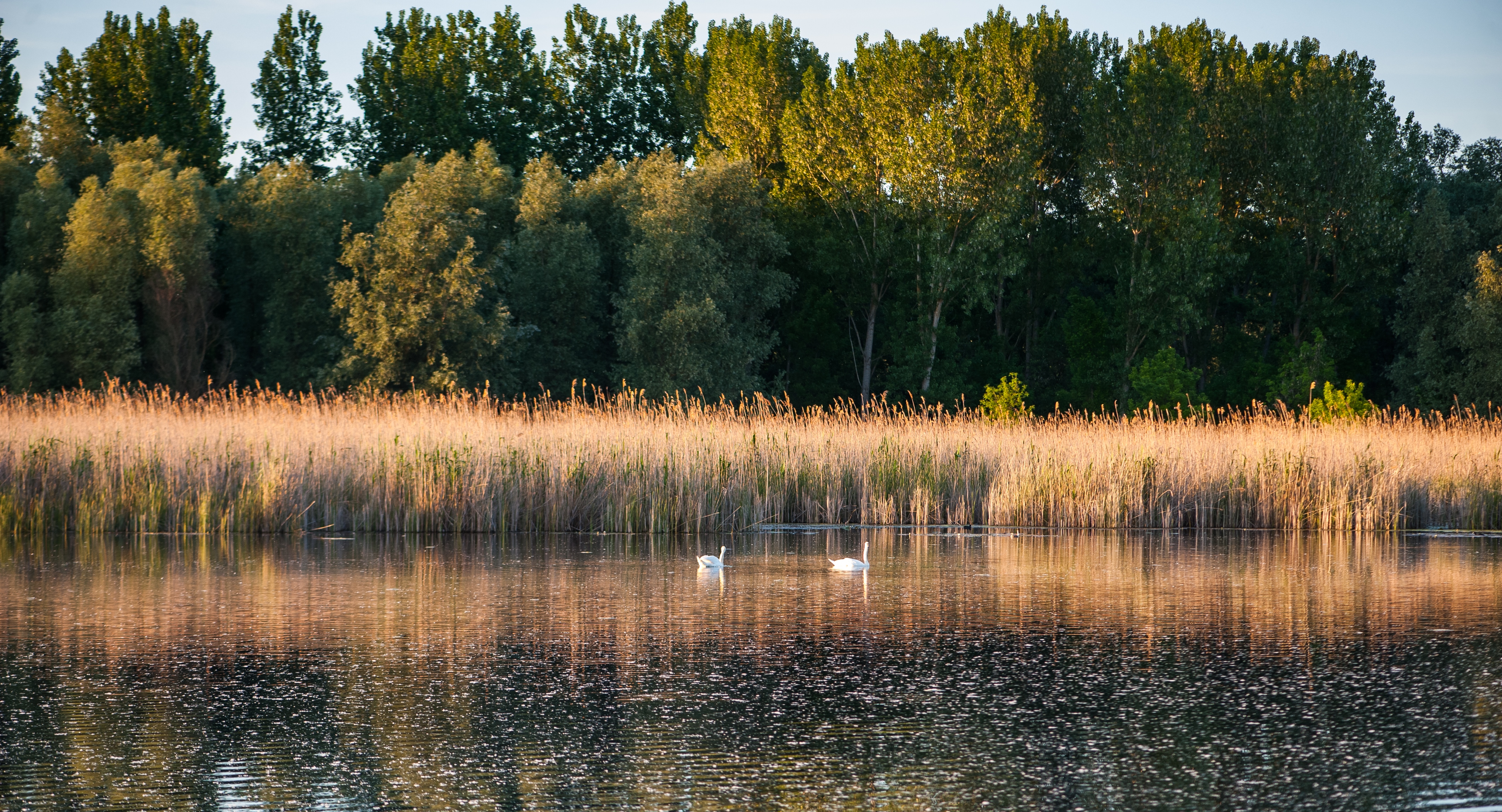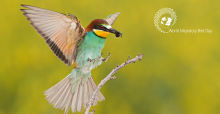International news
 >
>
Statement of Amy Fraenkel, Executive Secretary of the Convention on Migratory Species on the International Day for Biological Diversity 2024
“Be part of the Plan” is this year’s theme for the International Day for Biological Diversity, celebrated around the world on 22 May. The theme emphasizes the importance of working together across nations to safeguard nature and reverse biodiversity loss. Adopted by the world’s governments in December 2022, the Kunming-Montreal Global Biodiversity Framework (GBF) is the culmination of a multi-year, multi-stakeholder process that resulted in a strategy now serving as the primary blueprint for global action on biodiversity.
2024/010: Registration and Arrangements for the Seventh Meeting of the CMS Sessional Committee of the CMS Scientific Council (ScC-SC7)
The Seventh Meeting of the Sessional Committee of the CMS Scientific Council will take place from 17 to 20 September 2024 in Bonn, Germany.
2024/009: Revised CMS Appendices
In accordance with Article XI, paragraph 5 of the Convention text, the amendments to the Appendices agreed at the 14th meeting of the CMS Conference of the Parties (COP
2024/008: Implementation of the Single Species Action Plan for the Angleshark in the Mediterranean Sea Region (SSAP Angleshark Med)
CALL FOR FUNDING, A HOST, ESTABLISHMENT OF A WORKING GROUP, AND INFORMATION TO COMPLETE ANNEXES III IAND IV
Statement by Amy Fraenkel, Executive Secretary of the Convention on the Conservation of Migratory Species of Wild Animals (CMS) on World Migratory Bird Day 2024
“Protect insects, protect birds” is the theme of this year’s World Migratory Bird Day, which will be celebrated on May 11, to mark the spring migration in the Northern Hemisphere. This year the focus will be on insects and their importance to migratory birds. Insects provide essential nutrition for many migratory bird species, crucial for their survival. For many species, the success of their migrations depends on the presence of insects.
World Migratory Bird Day 2024 Highlights Importance of Insects
World Migratory Bird Day 2024 shines a spotlight on the relationship between migratory birds and insects amidst alarming declines for both. World Migratory Bird Day is a global campaign that educates and promotes conservation efforts for migratory birds and their journeys across borders. It raises awareness about the challenges birds face and encourages conservation actions worldwide.
2024/007: Implementation of the Appendix I-Listing for the Oceanic Whitetip Shark (Carcharhinus Longimanus)
2024/006: Postponement of Dugong MOU MOS4 & 2024 Seagrass & Dugong Technical Workshop
2024/005: Arrangements for Hosting of CMS COP15
The CMS Secretariat is pleased to provide an update with regard to possible hosting arrangements for CMS COP15.
2024/004: Amendments to the Appendices of the Convention
The Fourteenth Meeting of the Conference of the Parties (COP14) held from 12 to 17 February 2024 in Samarkand, Uzbekistan, decided on the inclusion of fifteen taxa on t



